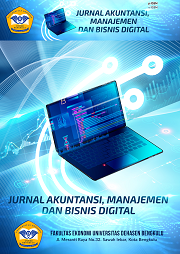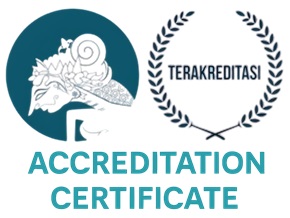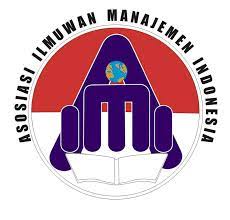Feasibility Analysis of Trigona Itama Honey Bee Cultivation Business in Kampung Melayu District
Abstract
This effort, of course, requires substantial funds in its implementation. To avoid and minimize the risk of loss of the investment. So before deciding to start investing in a business, a business feasibility study is needed.
The purpose of this study was to determine the feasibility of the Trigona Itama honey bee cultivation business in Kampung Melayu sub-district from a financial aspect which includes the Return on Investment Method (Payback Methode), Adjustment of Present Value (Present Value Menthod-Net / NPV), Profit Index (Profitability Index), and Internal Rate Of Router (IRR).
The results of the study show that the Payback Method for 3 years and 15 days shows that you can get back the invested funds within 3 years and 15 days, meaning that the Trigona itama honey bee cultivation business in Kampung Melayu sub-district is feasible to run, Adjusting Present Value ( Menthod-Net Present Value / NPV) shows an NPV value greater than 0 (zero), namely Rp. 19,563,009 means that the honey bee cultivation business is feasible to run, the Profitability Index shows a figure of 1.63%, meaning that the PI value is greater than 1, so the business can be said to be feasible to run, and the Internal Rate Of Router – IRR) shows a figure of 24.66% greater than the deposit rate of 8% so that the honey beekeeping business is feasible to run. This shows that the level of income is greater than the total investment costs so that the business is feasible to continue
Downloads
Copyright (c) 2023 Henny Desfijar Fitri, Karona Cahya Susena, Rina Trisna Yanti

This work is licensed under a Creative Commons Attribution-ShareAlike 4.0 International License.










